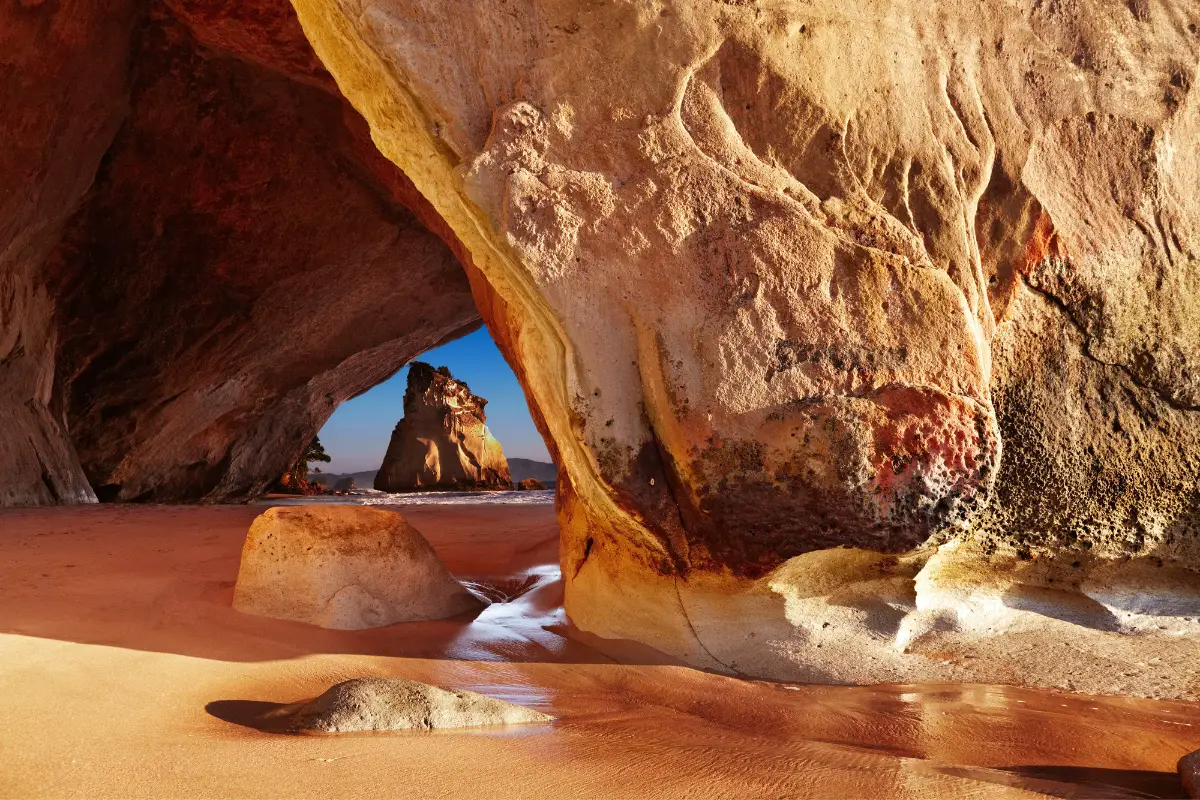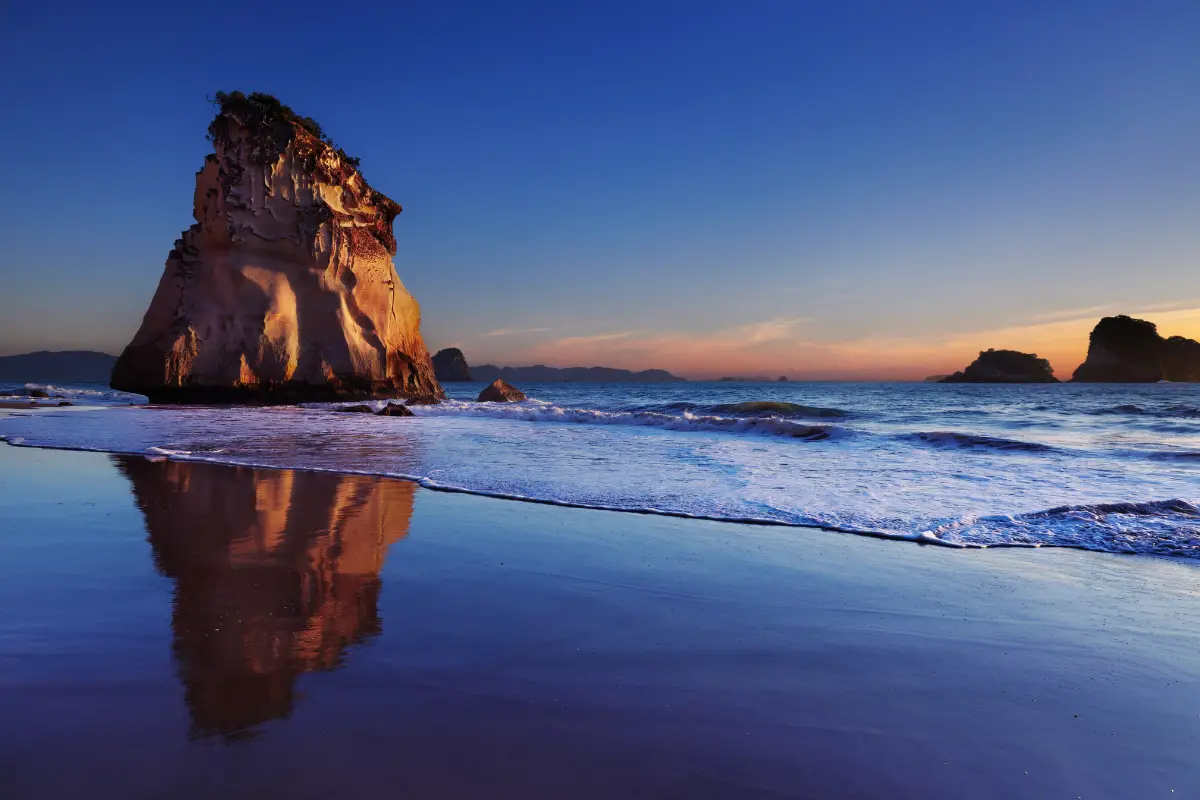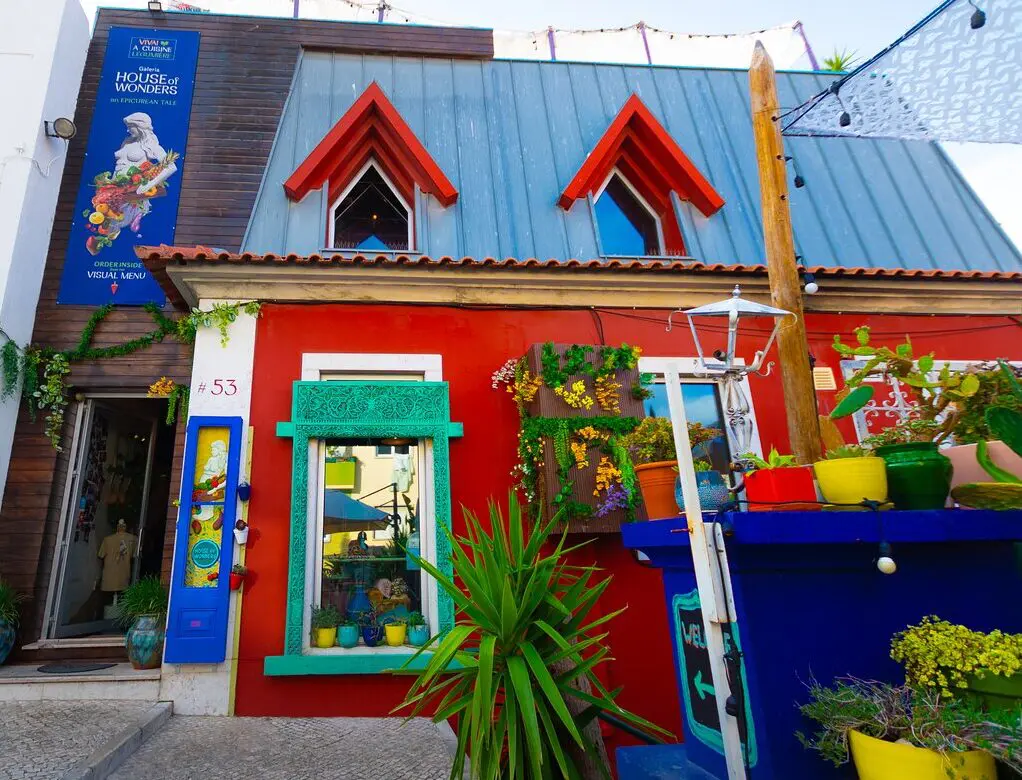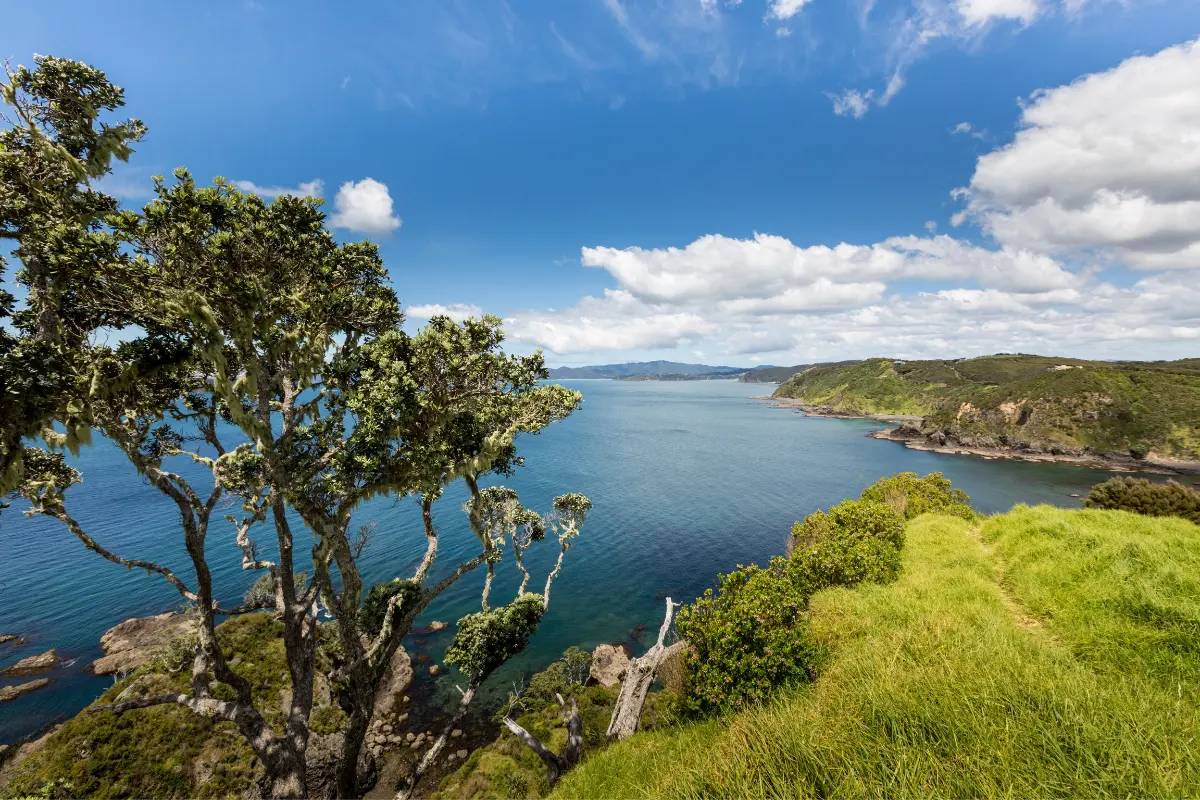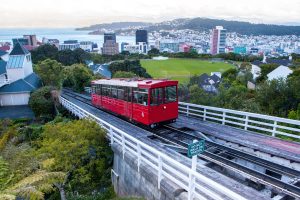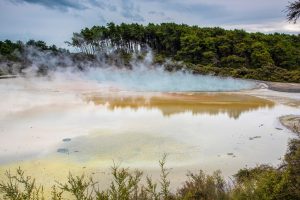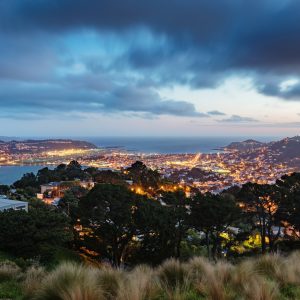I went to Cathedral Cove New Zealand and it was amazing. It’s a place with big rocks and beautiful water. I saw it in photos before, but being there was way better. I want to tell you about my trip and why you might like to go too.
Table of Contents
ToggleThe Coromandel Peninsula promised more than just a pretty picture; it whispered of adventure, serenity, and the sort of natural splendor that leaves you speechless. When I finally got to walk on the sands in this coastal gem in New Zealand’s North Island, it had been more than a bucket list item—it was a homecoming for my soul.
Clicking through images online is one thing—nothing compares to having the salty breeze and the rhythmic waves greet you like an old friend. As I meandered along the well-trodden path to Cathedral Cove, every twist and turn brought forth a new canvas of greens and blues so vibrant they’d put HD TVs to shame.
It seldom occurs that you find a place that causes you to feel both energized and at ease; Cathedral Cove definitely does that. Let me take you through this enchanted nook where time stands still and nature performs its finest ballet.
Key Points You Need to Know.
1. I was truly taken aback by Cathedral Cove, one of New Zealand’s most picturesque spots. The white sandy beach with the cliffs and the huge rock archway gave me this peace and quiet that you cannot find elsewhere.
2. Accessing the cove was somewhat of a challenge; I walked for more than 45 minutes to the nearest car park along this well-maintained track. However, this particular hike was all part of the experience—views and an introduction to local fauna and flora.
3. One thing that struck me relating to my visit was that Cathedral Cove is culturally significant to local Mori as well as a scenic spot. The area is known as Te Whanganui-A-Hei, and it is extremely spiritual to them—something I thought was important to respect while I was there.
4. For all those who really like marine life, like I do, Cathedral Cove is also a marine reserve, so snorkeling and scuba diving are mandatory. Underwater, I saw a great deal of fish and stingrays; this particular area is famous for its marine life.
5. For future travelers, go during off-peak hours or seasons in case you are able to, I would say. By doing this, you can avoid the crowds and also have more room on the beach. Early morning or even late afternoon light provided softer light for excellent pictures—great for memories with not many people in the background.
Planning a trip to Cathedral Cove.
When I went to explore Cathedral Cove, I knew it was crucial to time it right. It’s situated on the Coromandel Peninsula and can be accessed at low tide—the perfect time to visit the beach and surrounding areas.
Checking tide tables was part of my travel preparation so I could walk through the natural archway and not have the waves nip at my heels.
Journey to the Cove.
Walking up the cliffs to Cathedral Cove, I was greeted by New Zealand bush beginning out of the cliff top. I knew the path was downhill, but I did not realize how gorgeous the coastal views were as I went down.
Though the Department of Conservation says the walk is about 45 minutes one way, I took breaks to enjoy the views of the Pacific Ocean; it was a little longer but a lot more enjoyable.
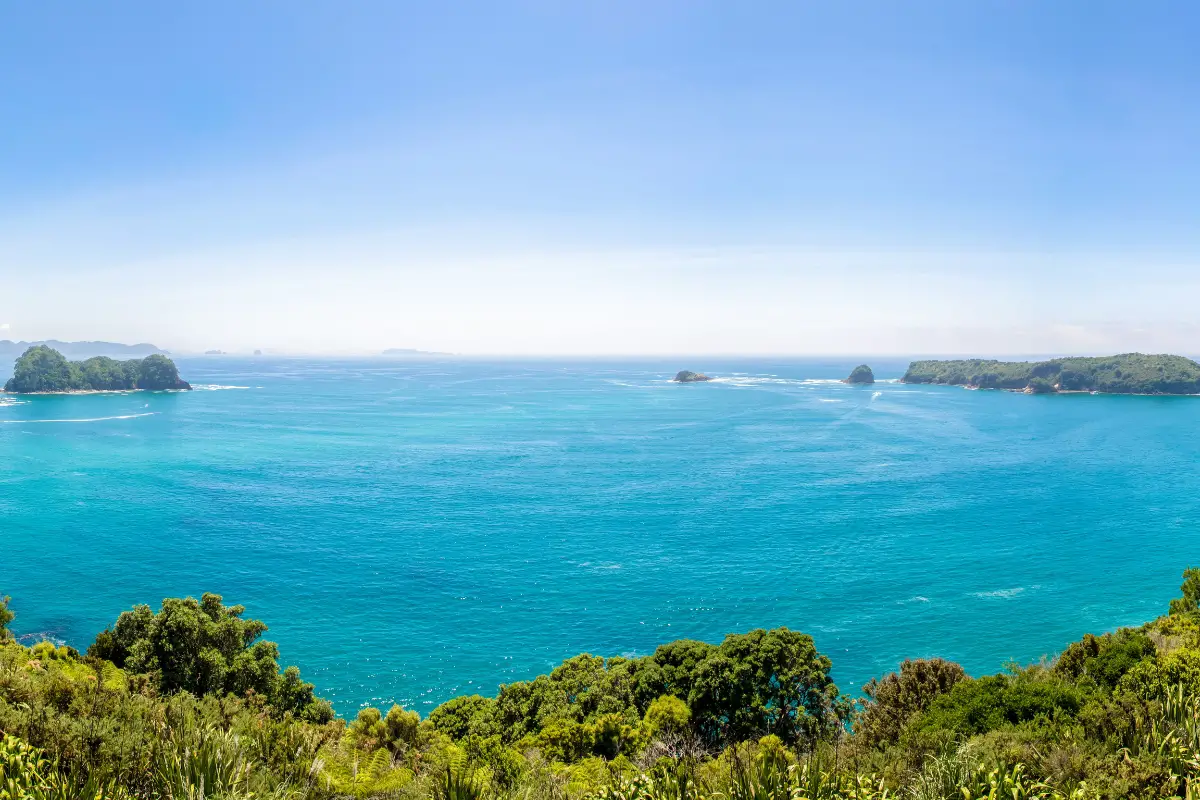
First Impressions of Cathedral Cove.
When I got there, I noticed the great archway the sea had carved—the one in “The Chronicle of Narnia: The Secret of the Sea,” Prince Caspian.” The limestone cliffs towered over the soft sand.
I caught some early morning sunshine to photograph, with the natural light making the rock formations look golden.
Exploring the Natural Beauty.
I walked along the shoreline and between rock pools full of marine life. Sea anemone, crabs, and tiny fish were an enjoyable and educational diversion.
As a conservationist, I appreciated signs asking people to not take shells from the ecosystem or disturb wildlife.
Maori engagement and culture.
In discussions with locals, I discovered the Maori name for Cathedral Cove,’Te Whanganui-A-Hei’, which translates to’ The Great Bay of Hei’. This name would be in honor of Maori chief Hei, who, based on a legend, claimed the region as his tribe’s territory. Stories of the indigenous culture truly linked me to the land and history that I felt walking on the sacred ground.
Kayaking and water sports.
I jumped in a kayak because I’m an adventurer by nature. Guided tours can be found; I paddled through open sea caves. The water reflected off the ceilings created a nearly dreamlike atmosphere, which photos cannot capture.
The guides shared insights into the geological formations and pointed out hidden nooks that are invisible from the shore.
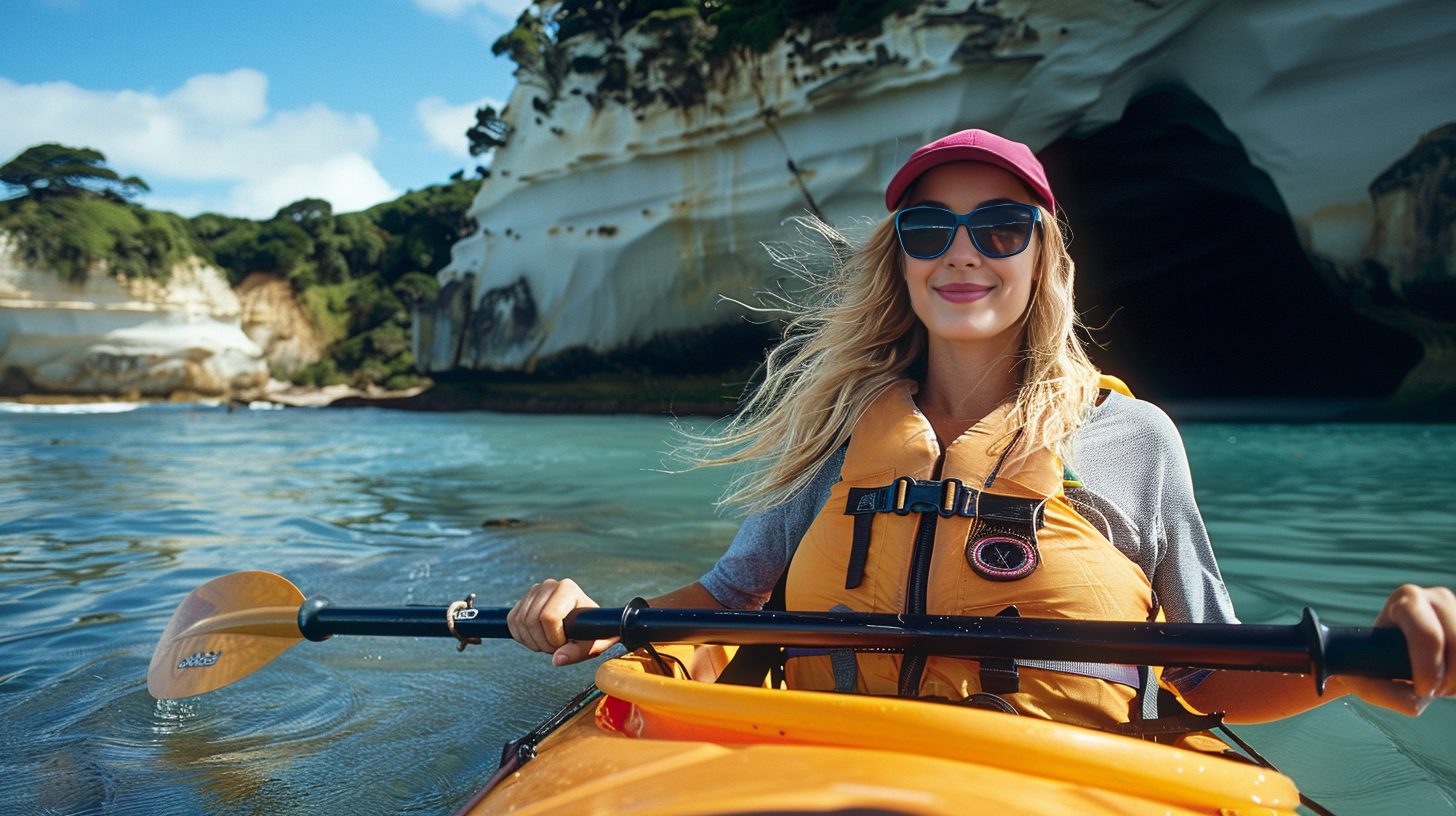
Conservation in the Cove.
Talking to my kayaking guide about the area I was in, I learned about the conservation efforts to preserve Cathedral Cove. The marine reserve that has been created here protects these natural habitats, and it was evident that these protections allowed indigenous flora and fauna to thrive.
I respect the efforts of the Department of Conservation to balance tourism with environmental responsibility.
Local eateries and picnic spots.
When hunger struck, I tried some food from a local cafe recommended by a friend of mine. The fresh, locally sourced seafood was a highlight and recharged me for the afternoon.
Later I have packed a picnic and sat on the beach, listening to the waves without seeing them.
Staying safe and respectful.
I paid attention to the safety notices about swimming and boating. The Pacific is tough to swim in, and even seasoned swimmers should be wary.
I also followed rules for environmental protection, walking on marked paths, and visiting cultural sites.
What to Know About Cathedral Cove and Its Visitors:
- Check the tidal schedules to make sure you have the best experience walking through the cove.
- Wear comfortable walking shoes for the track, and pack refreshments as there are no shops along the way.
- Bring a camera, but be prepared that photographs will not do the Cove justice.
- Meet local guides to discover the region’s cultural and natural history.
- Respect the environment and leave no trace whenever you visit.
- Be aware of local wildlife by looking at it from a distance, and do not disturb their natural habitats.
- If you decide to swim, check the conditions and always remember safety first.
Top Hotels in Hahei New Zealand
When is the best time to visit Cathedral Cove?
Visit Cathedral Cove year-round, but peak season is in the summertime between December and February. It’s sunny and warm, and it’s great for swimming and kayaking! If you want to visit when there tend to be fewer tourists, go during the shoulder seasons in spring or fall.
How can I get to Cathedral Cove?
Cathedral Cove is on the Coromandel Peninsula and may be accessed by a scenic walking track from a car park at the end of Grange Road, Hahei. The hike is about 45 minutes each way. Conversely, you are able to take a water taxi or even go on a kayaking excursion right into the cove.
Is Cathedral Cove free to enter?
No, Cathedral Cove is free to enter. It’s a natural wonder open to the public. But do remember that it is a protected area; follow conservation guidelines to keep this particular spot pristine.
Can I swim in Cathedral Cove?
Definitely! Cathedral Cove has clear water to swim in. Just be aware of the sea conditions and your own swimming ability, as there are no lifeguards on the beach.
Are there facilities at Cathedral Cove?
There are minimal facilities at Cathedral Cove to preserve it in its natural state. Toilets are at the car park and prior to walking onto the beach, but there are no shops or cafes, so bring your own snacks and water.
Can Cathedral Cove be reached by individuals with disabilities?
The track up to Cathedral Cove is natural, steep, and not suitable for wheelchairs. But some water taxis may also take people with limited mobility. Always check with operators in advance to see if arrangements can be made.
What should I take to the Cathedral Cove?
Take sunscreen, water, and comfortable shoes for the walk. A camera is also needed to capture the views, and in case you’re going to swim, bring your towel and swimwear. Finally, take any trash you find with you to help keep the cave clean.
Are there guided tours available?
Indeed, there are several guided tours that describe the cultural and geological history of Cathedral Cove. Kayak tours are especially popular because they offer you a view from the water.
Could I stay over at Cathedral Cove?
Overnight stays aren’t allowed in the Cove because it’s a day-use area. However, there’s accommodation to suit all budgets and tastes in nearby Hahei or Whitianga townships.
Safety concerns—are there any such things?
Keep an eye on the tides and weather. Rock falls can happen, so pay attention to warning signs and stay off of them. It’s key to preserving your own safety while respecting the natural environment.
Final Thoughts.
My trip to Cathedral Cove was an emotional journey into the natural world. I walked the worn paths into the cove and listened to the waves. I was at peace. It’s a place that resonates with tranquility and speaks to the soul with its towering cliffs and shimmering waters.
I know now that having these moments at this spot has made me appreciate how important it is to preserve them. Not only should you visit these places, but you should also help conserve them for generations to come to admire them. If you choose to go on this adventure, enjoy the peace, see the sights, and carry the preservation spirit along with you.

